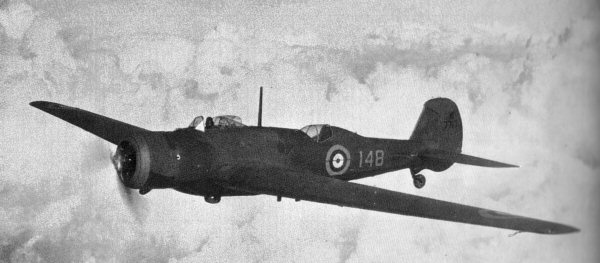Admiral Beez
Major
Excluding the Centaurus Tempest, what's the best British radial powered single engined aircraft of WW2?
A few to consider:

A few to consider:
- Bristol Type 148
- Bristol Type 146
- Gloster F5/34
- Fairly Albacore
- Blackburn Roc
- Blackburn Skua
- Fairey Swordfish
- Miles Martinet
- Miles Master
Last edited:


